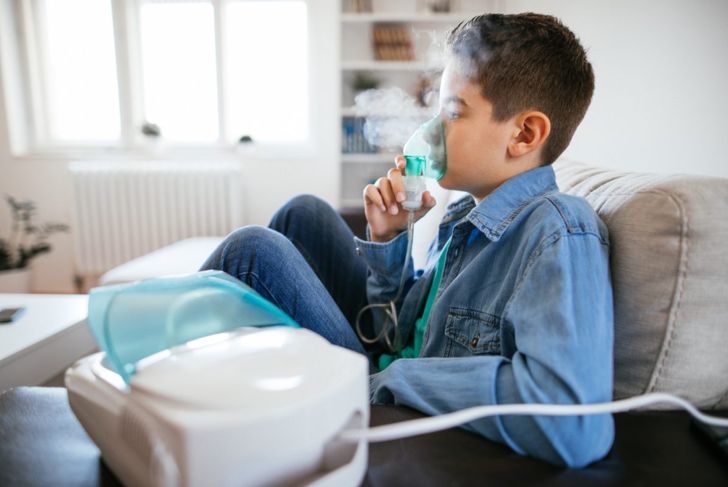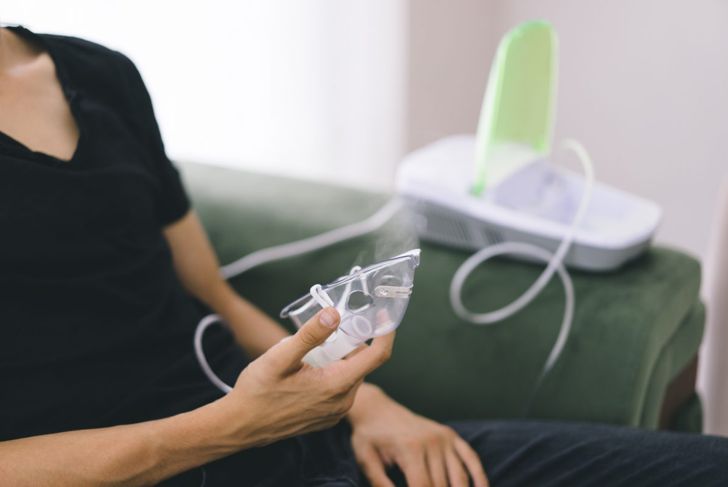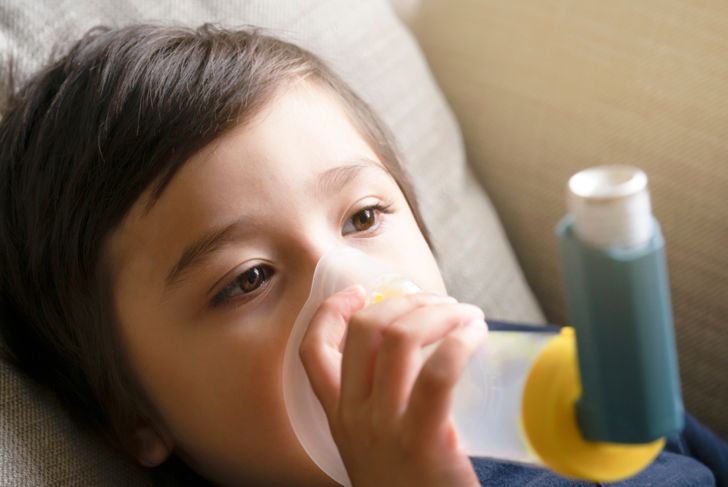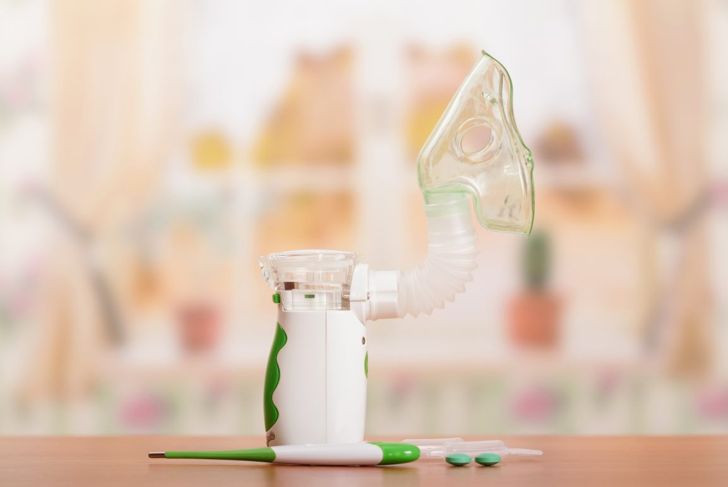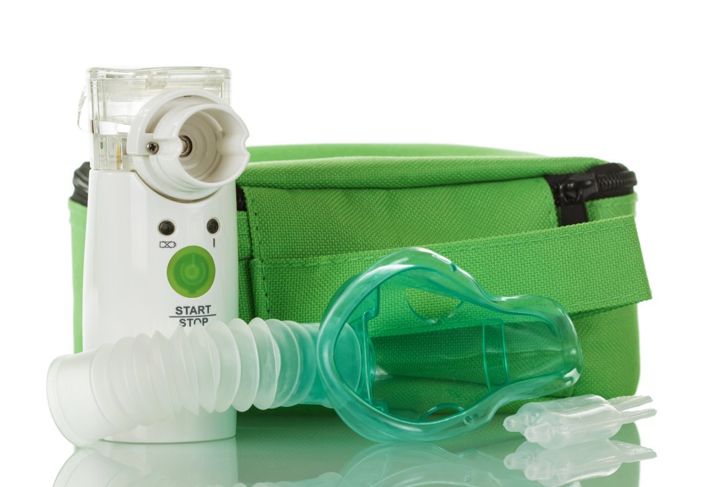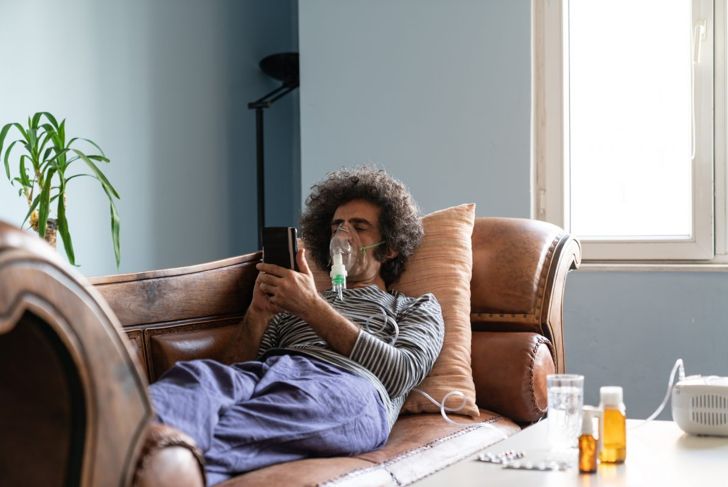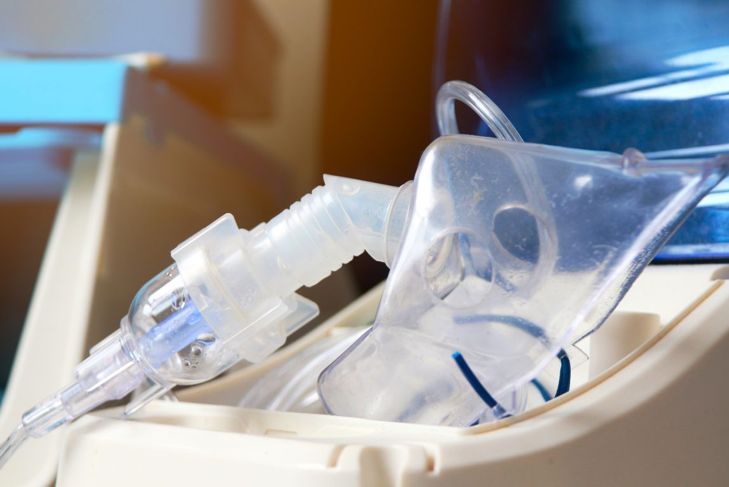Doctors often prescribe nebulizers as treatment or breathing therapy. The term “nebulizer” is fairly broad and refers to a wide range of devices. These machines take liquid medicine and transform it into a breathable mist that patients inhale. Nebulizers can treat many issues, though they mainly target respiratory conditions.
How They Work
A typical nebulizer has a base, a small container for medicine, and a tube connecting the machine to a mouthpiece. Nebulizers may use oxygen, compressed air, or ultrasonic power to convert the medication into aerosol droplets. The person then inhales the mist through a mouthpiece or mask.
Effectiveness
Experts consider nebulizers to be effective methods of delivering medication. Some professionals attribute their effectiveness to their ability to deliver larger doses faster than other methods, though this is a source of some debate. The most notable issue is that droplet sizes can vary up to 10-fold when selling nebulizer devices separately from the medications. Because of this, users may not be receiving the correct amount of their specific medication.
Jet Nebulizer
The most common nebulizers are jet nebulizers, sometimes called “atomizers.” These use a supply of compressed gas, such as air or pure oxygen, to transform liquid or powder medicine into an aerosol. Because of their noise, size, and weight, some doctors avoid prescribing jet nebulizers where possible.
Soft Mist Inhaler
While most nebulizers require an external power source, soft mist inhalers use a variety of methods other than electricity. The most widespread soft mist inhaler uses a spring to place pressure on a liquid container, causing the medication to spray out of its nozzles. Despite having less velocity than other types, soft mist inhalers can still deliver medication to the deepest parts of the lungs. Soft mist inhalers are sometimes called hand-powered nebulizers.
Ultrasonic Wave Nebulizer
In comparison to jet nebulizers, which are heavy and loud, ultrasonic wave nebulizers are lightweight and extremely quiet. These unique nebulizers rely on piezoelectric elements, such as crystals, that store an electric charge in response to mechanical stress. An electronic oscillator generates a high-frequency ultrasonic wave that vibrates the piezoelectric element. This rubs against the medicine reservoir, releasing it as a mist. The downsides to these nebulizers involve liquid waste and heating of the medicine.
Vibrating Mesh Technology
The creation of vibrating mesh technology (VMT) led to significant innovation in the nebulizer field. A mesh with thousands of small holes vibrates at the top of the medicine reservoir, releasing an incredibly fine mist. These nebulizers are more efficient than traditional ultrasonic wave nebulizers and lack their issues with waste and temperature. However, they are typically more expensive, as well.
Treatable Conditions
Nebulizers deliver medications that treat common respiratory issues, such as asthma, COPD, and cystic fibrosis. Some doctors use them for conditions like pneumonia if their patients have difficulty using inhalers, such as young children or older adults with mobility issues. Nebulizers can also treat patients who have inhaled toxic substances. Interestingly, some pharmaceutical companies produce a type of inhalable insulin to treat diabetes.
Comparisons to Inhalers
Metered-dose inhalers, known widely as simply “inhalers,” are another method of delivering aerosolized medication. While most groups recommend inhalers over nebulizers when treating asthma, this does not apply other conditions. Current research suggests the two are equally effective for issues like COPD. Most people find nebulizers easier to use than inhalers.
Attachments
A variety of attachments can replace the traditional mouthpiece. Face masks, similar to the ones that administer anesthesia, make the machines significantly easier to use. They are often available in various animal shapes, such as fish, elephants, or dogs, which helps children — often resistant to breathing treatments — feel more comfortable with the process. Pacifier attachments for infants and toddlers are also available.
Maintenance
Nebulizer users should refer to their doctor or nebulizers’ instructions to determine how to clean the machines and how often cleaning is necessary. Without proper cleaning, bacteria and other germs could develop in the machine, potentially exacerbating respiratory issues. Additionally, replace the tubing regularly, since it is not possible to properly clean inside it.

 Home
Home Health
Health Diet & Nutrition
Diet & Nutrition Living Well
Living Well More
More
